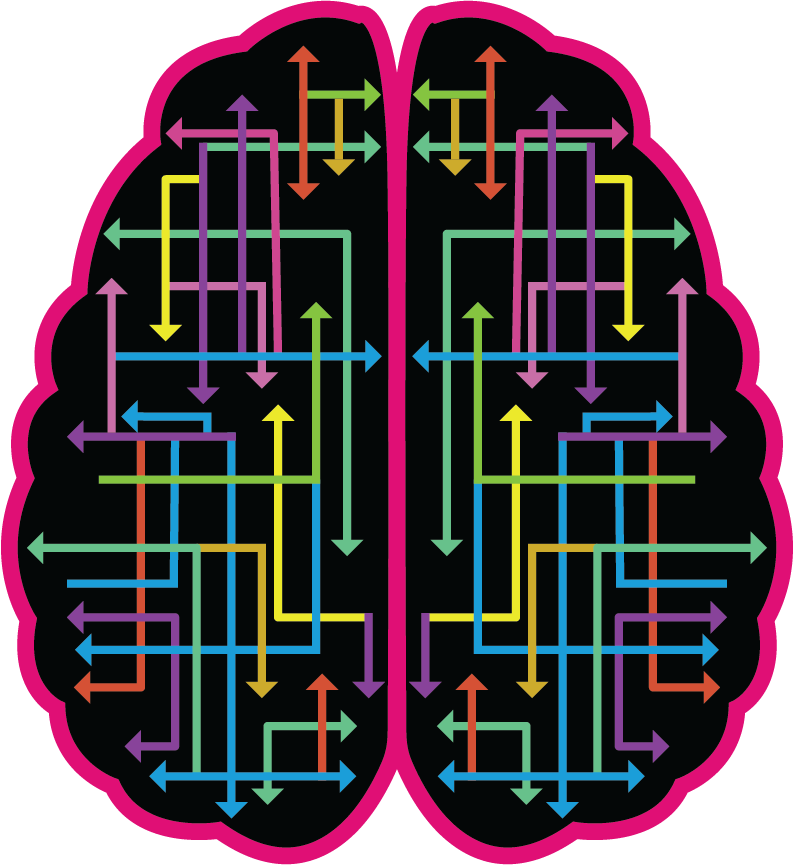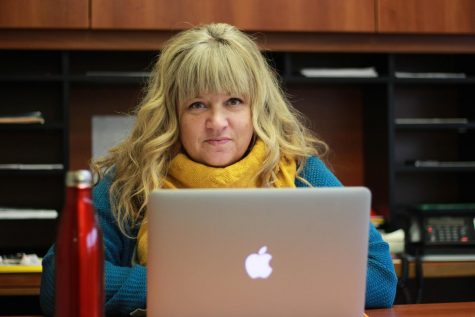Learning differences impact how students work with COVID-related school changes
February 5, 2021
Students with learning differences can experience the stress of COVID-learning differently than their peers.
The way a student learns is not objective; whether it be because of learning differences or because of COVID circumstances and a hybrid schedule, each student’s ability to process information is unique to their individual learning style. Because of the transition to the new schedule implemented this year, students at BSM are forced to adapt to learning both at home and at school; for some students with learning differences, the transition went smoothly; however, for others, it was nothing short of a catastrophe.
BSM integrated a hybrid schedule into this school year––switching off every day, half of the students from 10th, 11th, and 12th grade attend in-person school while the other half attends live zoom meetings. However, if students felt that the hybrid system didn’t accommodate for their respective learning styles, the students could opt to do completely virtual learning; rather than attending school in-person every other day, these students log onto zoom calls for each period, every day. This variety of schedules allows for students to optimize learning in the difficult time of COVID.
With limited days of in-person school, many students struggled to find time with teachers. Students with learning differences are more inclined to ask questions or need additional help, so to have that help taken away limits students from reaching their full potential. “The hardest part of school during COVID for me was over quarantine because I couldn’t meet with teachers in person to further understand the material; it was significantly harder to learn what they were teaching when we were all online,” senior Casey Prindiville said.
If there’s one thing that has been overlooked during COVID, it has been the impact of depression on students and the mental toll of being home all the time with limited social interactions. Not only does this hinder a students ability to process information and focus on those topics, but it depreciates a students motivation to essentially nothing; this is compounded for students with learning differences in that those students will have the same struggle as others plus whatever other learning impairments they are dealing with. “Every student has their own issues and struggles. We don’t know what could be going on behind the scenes with the state of a student’s mental health given what’s going on in the world around us,” sophomore Margo Anderson said.
BSM needs to make sure that every student has the accessibility to whatever they need; every student is at a different spot and has a different way of learning in such a difficult time.
— Jake Solomon
Many students rely on human interaction to help them learn, be it direct instructions from teachers in person or a student tutoring them in the library. Without these social interactions, it can be much harder to transition to the online schedule and learn the material than it would be if it was all in person. “Having the teacher and friend interaction at school is crucial to me because we were stuck at home for a few months and missed a lot of our high school experience. Missing these experiences can take a serious toll on the mental health of young people who rely on social interactions,” senior Jake Solomon said.
The hybrid schedule is formatted in a way so that there are only four block periods per day, and students take the same four classes for the duration of a quarter. Because the time period to cover all of the topics is shortened, material is accelerated and students can find themselves falling behind. “It’s been harder to turn assignments in on time because of the accelerated classes; if I fall behind, we are already onto something else, so I don’t have the time to recover and make up lost information,” Solomon said.
Some students feel that teachers should offer screencasts or slideshows to students with learning differences, so they have the necessary materials to stay on top of the work: “It would be a big help if more teachers either recorded their lessons or made some kind of slideshow to show their instructions/work for us. A lot of us need to go back and look over things more than once. Students with learning disabilities may take longer to understand and finish the work than the other students,“ Anderson said.
Zooming into classes from home half the days of the week can have a very negative effect on students who struggle with focus. As hard as it already is to focus in school for many students, having all of the distractions at home while trying to work is the last thing that will help motivation and determination to get the work done. “At home, I have a harder time getting started doing things. Once I do get started, it’s way easier to get distracted; my ADHD has been noticeably worse being at home doing school,” Prindiville said.
This issue is not unique to BSM. “About 20% of our population at BSM has a learning difference. This is consistent with the population at large where approximately 20% of folks have a mental health or learning disability diagnosis,” learning specialist Kristin Gilbertson said.
Every student is wired differently, so every student has a way that they learn best. “BSM needs to make sure that every student has the accessibility to whatever they need; every student is at a different spot and has a different way of learning in such a difficult time,” Solomon said.
Learning differences and COVID: One student’s perspective

By the time I got into the groove of things, the semester ended and my junior year was over; I had high hopes that the same thing would not repeat the next year.
Every year, more students––ranging from elementary school to high school––are diagnosed with learning differences such as ADHD, ADD, Dysgraphia, and Dyslexia.
According to the National Center for Education Statistics, in the 2018-19 school year, 14% of all public school students received special education services under the Individuals with Disabilities Education Act.
Now, students who have a diagnosis have to learn how to adapt in the conditions that COVID has put us in––with hybrid schedules and online video classes, students react in many different ways, both positively and negatively.
I was diagnosed with ADHD (Attention Deficit Hyperactivity Disorder) during the 3rd quarter of my sophomore year at BSM. Before the diagnosis, I struggled with focusing during class in each individual period throughout the day.
After receiving my diagnosis, I was able to connect deeper with the material in class because of my newfound ability to focus and concentrate on that specific topic, rather than all of my thoughts from eight separate class periods spiraling together. However, when the COVID pandemic hit, I struggled immensely with the transition to completely virtual learning, only worsening as the months passed by.
Extended Online School
In the early months of the pandemic and through the end of my junior year, BSM moved completely to what was called EOS, or Extended Online School. This meant that each class assigned work for the students to do, replacing what would have been the in-class lesson and homework.
This period of time was particularly difficult for me because I lacked the motivation to do my work; be it the lack of interaction with my friends and classmates or because I was stuck in the house all day, positive morale for school was low.
Often, I had to teach myself lessons for class without the convenience of being able to ask teachers for help; making progress when doing work was strenuous. When I was not able to access the teacher’s office hours, emailing could take some time, and the assignment would be past due by the time I understood the work. When I’d get frustrated, I’d lose focus on the topic and get distracted around the house, further losing motivation to complete the work. By the time I got into the groove of things, the semester ended and my junior year was over; I had high hopes that the same thing would not repeat the next year.
The Hybrid Model
For the 2020-2021 school year, BSM revealed a “hybrid” schedule for learning throughout the year: students were split into two cohorts by grade, alternating in-person school each day. Alternatively, when one said cohort would be at home, they would attend the four periods of the school day through virtual Zoom calls with the rest of the students from the same cohort in those classes.
Students were expected to smoothly transition from half a year of completely virtual learning to a hybrid schedule alternating days in school; this caught up to me quickly as the accessibility I once had to teachers when we were in school every day was now gone, and I had to utilize the time I had with them. Whether I got flustered because of the overwhelming amount of work or because I couldn’t process the information while on Zoom calls, something about the hybrid schedule wasn’t clicking, and I became worried and discombobulated.
As the school year has continued and I have had time to adapt to this new COVID-schedule, I have learned how to best utilize the accommodations I have to benefit me the most in my specific areas of struggle; because of my lack of organization, my brain clutters all my assignments together and some get lost in the mix. The faculty at BSM has been very obliging throughout this whole process, by allowing students to turn in late assignments for full credit or letting students take tests in-person instead of virtually, etc.
The COVID pandemic continues to spontaneously spring unanticipated problems on how we go to school, hang out with friends, and live our lives. As a student with ADHD who struggles with focusing in normal class, this major shift in daily schedule has proved to be a surmountable task with the right mindset.
Once I set my mind to productivity and focus, adapting to the schedule and workload became trouble-free and the schedule settled in frictionlessly. However, unlike myself, many students have been unable to adapt and continue to struggle with this new and unique school schedule.



